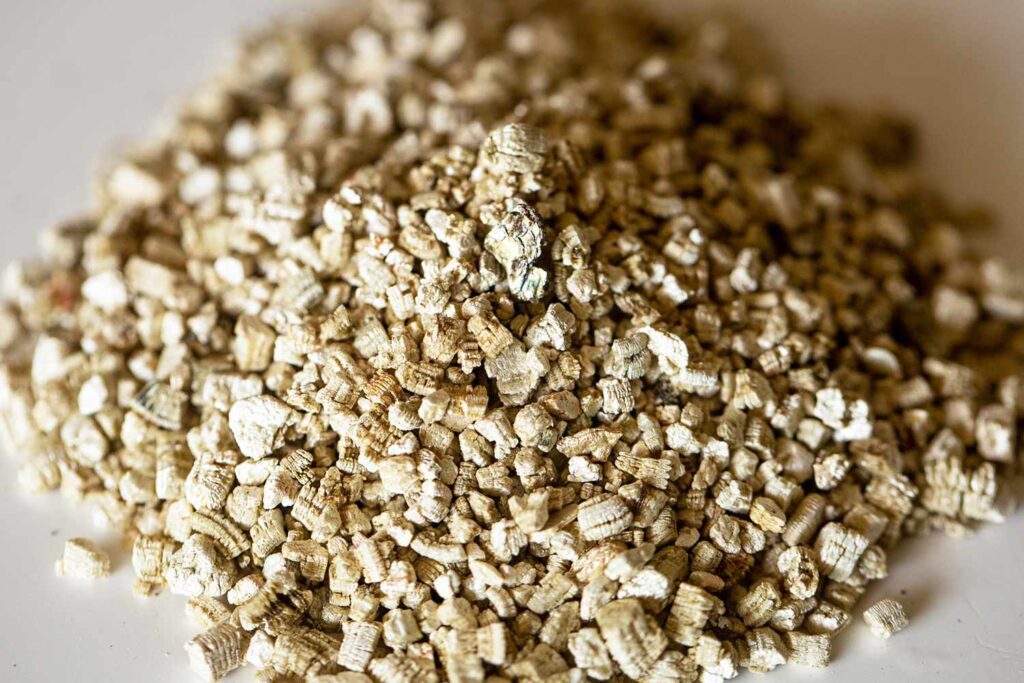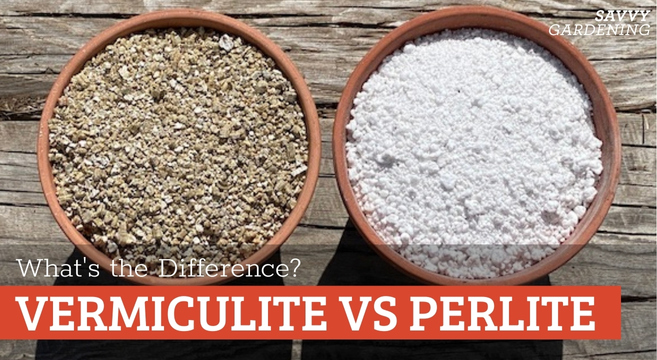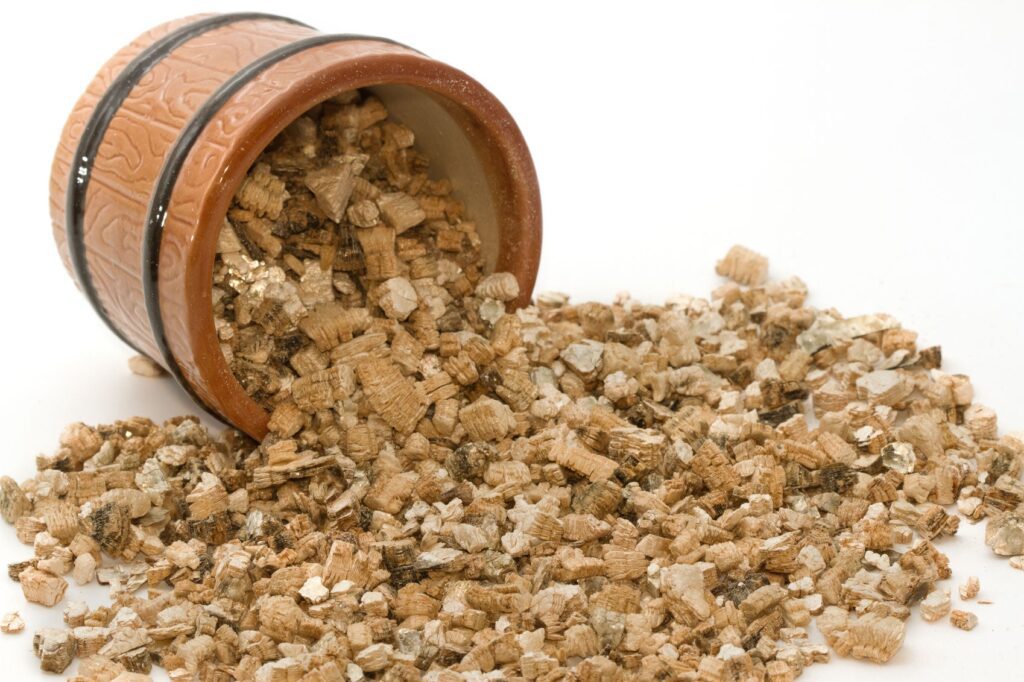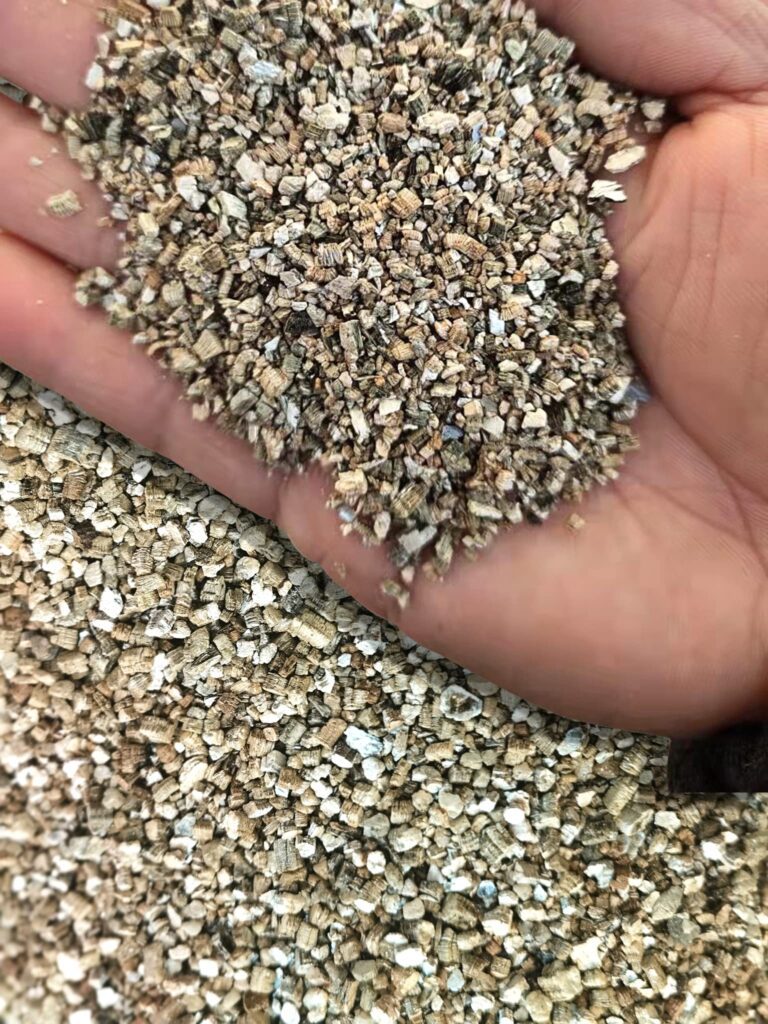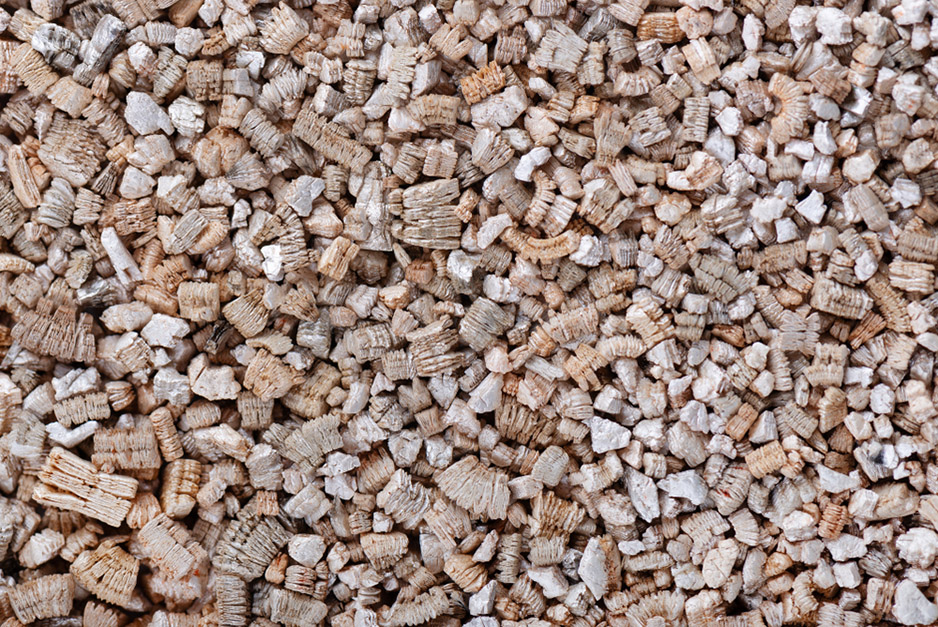Have you ever wondered about the potential toxicity of vermiculite for soil? This article seeks to explore this question and shed some light on the topic. We will examine the properties of vermiculite, its usage in gardening, and set the record straight on whether it poses any harmful effects on the soil or your plants. So, if you’re curious about the safety of vermiculite in your garden, keep reading to find out more!
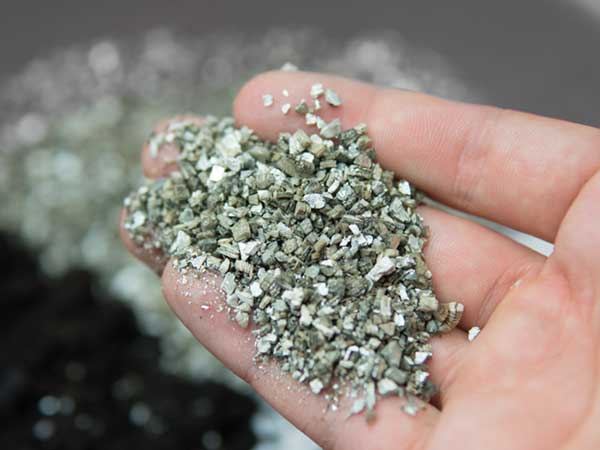

What is vermiculite?
Definition
Vermiculite is a naturally occurring mineral that is commonly used in gardening and as an insulation material. It is formed through the weathering of biotite or phlogopite, which are types of mica. Vermiculite has a unique structure that resembles that of a layered sheet, which gives it its characteristic properties.
Properties
Vermiculite has several properties that make it useful in various applications. It has a high water-holding capacity, which allows it to retain moisture in the soil for extended periods. This property is particularly beneficial for plants that require consistent moisture levels. Vermiculite is lightweight, which makes it easy to handle and mix with other soil amendments. It has excellent cation exchange capacity, which means it can absorb and release nutrients to plant roots as needed. Additionally, vermiculite has good insulation properties, which make it effective in retaining heat and reducing energy loss in buildings.
Uses in gardening
Vermiculite is widely used in gardening for its numerous benefits. It is often added to soil mixes to improve moisture retention and aeration. Vermiculite helps loosen compacted soils, allowing roots to penetrate more easily. It also assists in preventing soil erosion and nutrient leaching, ensuring that plants receive the necessary nutrients for their growth and development. Vermiculite can be used in seed starting and propagation, as it provides a stable and favorable environment for germination. Additionally, it is commonly used in container gardening and hydroponics due to its lightweight nature and water-holding capacity.
Understanding vermiculite insulation
What is vermiculite insulation?
Vermiculite insulation is a type of loose-fill insulation material that is derived from vermiculite. It is commonly used in attics, walls, and other areas of buildings to provide thermal insulation. Vermiculite insulation is fire-resistant and lightweight, making it an attractive choice for insulating purposes.
Common uses of vermiculite insulation
Vermiculite insulation is commonly used in residential and commercial buildings to improve energy efficiency and reduce heating and cooling costs. It is often poured into wall cavities or spread in attics to fill voids and create a layer of insulation. Vermiculite insulation can also be used in industrial applications, such as insulating pipes and equipment, to prevent heat loss.
Possible health risks
There have been concerns about the potential health risks associated with vermiculite insulation, specifically regarding asbestos contamination. Asbestos is a naturally occurring mineral that was commonly mined alongside vermiculite deposits. Vermiculite insulation sourced from certain mines, primarily those in Libby, Montana, has been found to contain varying levels of asbestos fibers. Prolonged exposure to asbestos can lead to serious health conditions, including lung cancer, mesothelioma, and asbestosis.
Vermiculite as a soil amendment
Benefits of using vermiculite in soil
Adding vermiculite to soil provides several benefits for plant growth. One of the key advantages is its ability to retain moisture, promoting consistent hydration for plants. This is especially beneficial in arid climates or for plants that require high levels of moisture. Vermiculite also improves soil aeration and drainage, preventing waterlogging and root rot. Additionally, vermiculite enhances the soil’s ability to exchange nutrients with plant roots, improving overall nutrient availability and uptake.
How vermiculite improves soil structure
Vermiculite has a unique structure with layers that create air pockets within the soil. These air pockets improve the soil’s structure, making it more porous and allowing for better oxygen exchange. The improved soil structure also promotes root development and helps prevent soil compaction. The lightweight nature of vermiculite prevents it from compacting the soil, ensuring that the roots have ample space to grow and access water and nutrients.
Retaining moisture
One of the significant benefits of using vermiculite as a soil amendment is its ability to retain moisture. The layered structure of vermiculite acts like a sponge, absorbing and holding onto water. This moisture retention property is vital in areas with limited rainfall or for plants that require consistent moisture levels. Vermiculite releases water slowly, providing a steady supply to plant roots and reducing the frequency of watering required. This can be particularly advantageous for busy gardeners or for plants that are sensitive to fluctuations in soil moisture.
Concerns about asbestos in vermiculite
History of asbestos contamination
The use of vermiculite insulation sourced from mines in Libby, Montana, has raised concerns about asbestos contamination. The Libby vermiculite mines were found to have significant asbestos deposits, leading to contamination of the vermiculite extracted from those mines. From the 1920s until the early 1990s, the Libby mines supplied vermiculite insulation that was used in millions of homes and buildings across the United States and beyond. The extent of asbestos contamination in vermiculite insulation from other sources is less well-documented and may vary.
What is asbestos?
Asbestos is a group of naturally occurring minerals composed of thin, fibrous crystals. It was widely used in various industries for its heat resistance and durability before its health risks became known. Exposure to asbestos fibers can lead to serious respiratory diseases, including lung cancer, mesothelioma, and asbestosis. The most significant health risk comes from inhaling airborne asbestos fibers, which can become trapped in the lungs and cause long-term damage.
Risk of asbestos exposure
The risk of asbestos exposure primarily arises when vermiculite insulation containing asbestos is disturbed, releasing asbestos fibers into the air. If these fibers are inhaled, they can accumulate in the lungs and potentially cause health problems. The risk of exposure to asbestos fibers depends on several factors, including the concentration of asbestos in the vermiculite insulation, the degree of disturbance, and the duration and frequency of exposure.
Testing for asbestos in vermiculite
If you are concerned about the presence of asbestos in your vermiculite insulation, it is advisable to have it tested by a professional laboratory. Testing typically involves collecting a sample of the insulation and sending it to a certified laboratory for analysis. The laboratory will use specialized techniques to determine the presence and concentration of asbestos fibers. If asbestos is detected, appropriate measures can be taken to address the situation and ensure safety.
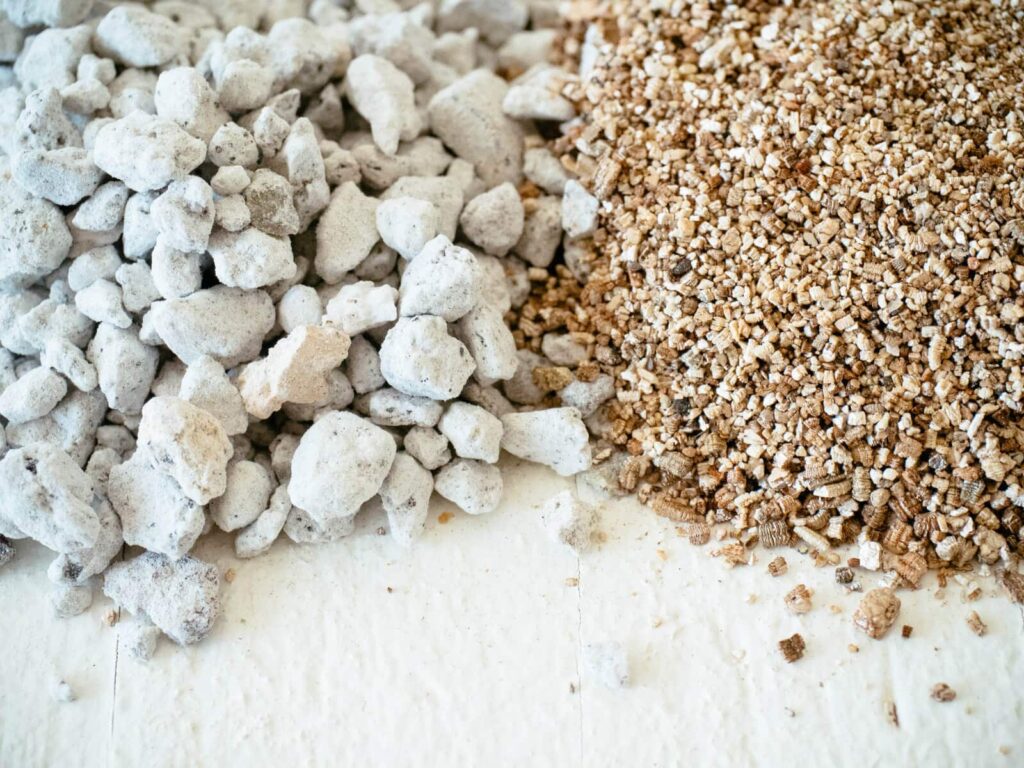

Gardening practices with vermiculite
Safety precautions when handling vermiculite
When handling vermiculite, it is important to take certain safety precautions to minimize the risk of exposure to any potential contaminants. It is advisable to wear gloves, a dust mask, and protective eyewear when coming into direct contact with vermiculite. This will help prevent inhalation or ingestion of any harmful particles. It is also recommended to work in a well-ventilated area or wear a respirator if there is a significant chance of dust being generated. It is a good practice to wash hands thoroughly after handling vermiculite to remove any potential residue.
Proper storage of vermiculite
To maintain the quality and safety of vermiculite, proper storage is essential. It should be stored in a cool, dry place away from direct sunlight and sources of heat. Moisture can cause vermiculite to clump together or promote the growth of mold and bacteria. Storing vermiculite in sealed bags or containers can help prevent moisture absorption and maintain its effectiveness as a soil amendment. It is also important to keep vermiculite away from children and pets to avoid any potential accidental ingestion.
Alternatives to vermiculite
If you are concerned about the presence of asbestos in vermiculite or prefer to explore alternative soil amendments, there are several options available. Perlite, a volcanic glass similar to vermiculite, can be used as a substitute in some applications. It has similar properties, such as improving soil aeration and drainage. Coconut coir, made from the fibrous husk of coconuts, is another popular alternative. It has excellent water-holding capacity and promotes root growth. Compost, peat moss, and various organic matter can also be used to enhance soil structure and fertility.
Regulations and guidelines
Regulatory actions in response to vermiculite contamination
In response to the asbestos contamination in vermiculite insulation, regulatory actions have been taken to address the issue and protect public health. The United States Environmental Protection Agency (EPA) has provided guidelines and recommendations for homeowners, contractors, and building owners to mitigate the risks associated with vermiculite insulation containing asbestos. These guidelines include precautions to be taken during remodeling or renovation projects, as well as recommendations for professional asbestos removal and abatement services.
Government agencies involved in vermiculite safety
Several government agencies play a role in ensuring the safety and regulation of vermiculite and related products. In the United States, the EPA is responsible for setting standards and regulations regarding asbestos and vermiculite insulation. The Occupational Safety and Health Administration (OSHA) regulates asbestos exposure in the workplace. Additionally, state and local health departments may have specific guidelines and regulations relating to the safe handling and disposal of vermiculite containing asbestos.
Guidelines for using vermiculite safely in gardening
To minimize any potential health risks associated with vermiculite, it is important to follow established guidelines for safe use. The EPA recommends treating vermiculite insulation as potentially contaminated if it is from a mine known to contain asbestos. It is advised not to disturb or remove vermiculite insulation yourself, but to seek professional assistance to handle the material safely. In gardening, proper hygiene practices, such as washing hands after handling vermiculite or working in contaminated areas, can help reduce the risk of exposure.
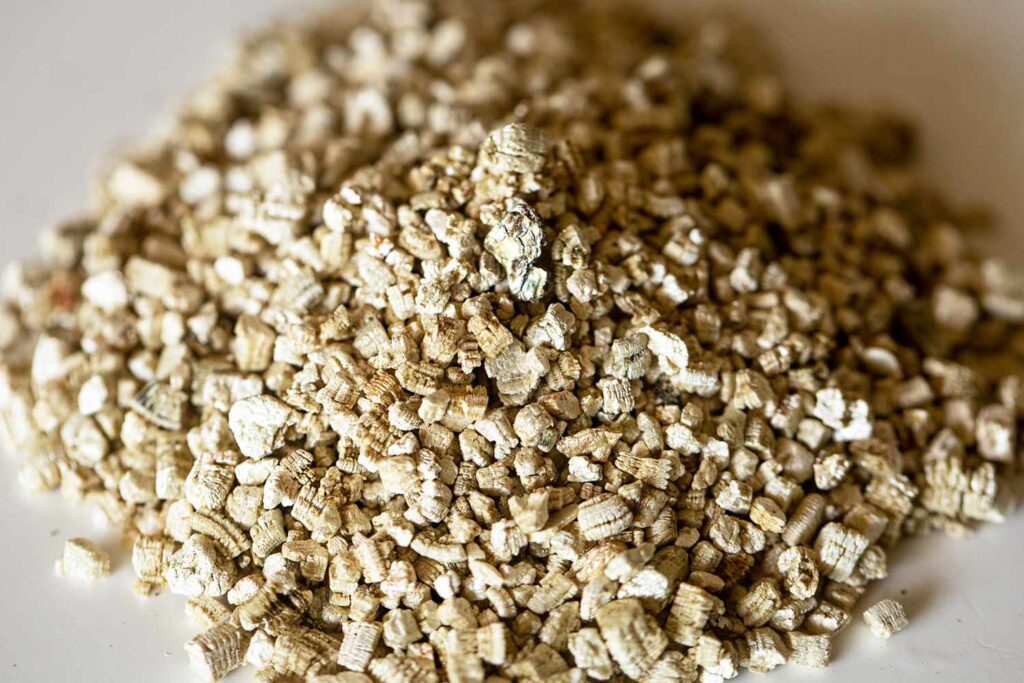

Safe disposal of vermiculite
How to dispose of vermiculite safely
If vermiculite insulation or other vermiculite products need to be disposed of, it is crucial to follow safe disposal practices. If vermiculite insulation is potentially contaminated with asbestos, it should be treated as asbestos-containing material (ACM). Local regulations and guidelines should be followed for the proper disposal of ACM. This often involves hiring trained and certified professionals who specialize in asbestos removal and disposal. It is important not to dispose of vermiculite containing asbestos in regular household waste, recycling, or composting bins.
Local regulations for vermiculite disposal
Disposal regulations for vermiculite, especially if it is known or suspected to contain asbestos, can vary depending on the local jurisdiction. It is recommended to contact your local waste management or environmental health department for specific information and guidelines regarding the proper disposal of vermiculite. They can provide guidance on the correct disposal procedures and direct you to authorized facilities or contractors who handle asbestos-containing materials.
Proper handling of potentially contaminated vermiculite
If you are dealing with potentially contaminated vermiculite, it is important to handle it with caution to minimize any potential health risks. Avoid disturbing the material, as this can release asbestos fibers into the air. If you need to remove or handle vermiculite insulation, it is advisable to contact a professional asbestos removal or abatement service. These professionals have the necessary equipment and training to safely handle and dispose of asbestos-containing materials, ensuring the protection of both individuals and the environment.
Research and studies
Studies on vermiculite toxicity
Various studies have been conducted to evaluate the potential toxicity of vermiculite and its byproducts. These studies have explored the effects of vermiculite exposure on human health and the environment. While certain studies have identified potential risks associated with asbestos-contaminated vermiculite insulation, the overall toxicity of vermiculite without asbestos contamination is considered to be low. It is important to note that the safety of vermiculite may vary depending on its source and the presence of contaminants.
Health effects of long-term exposure
Long-term exposure to asbestos fibers, which may be present in certain vermiculite insulation, has been linked to various health effects. Inhalation of asbestos fibers can cause lung diseases, including lung cancer, mesothelioma, and asbestosis. These diseases often have long latency periods, with symptoms usually appearing decades after exposure. While vermiculite without asbestos contamination is generally considered safe, it is crucial to exercise caution and follow recommended guidelines when dealing with vermiculite insulation.
Comparisons to other soil amendments
Numerous comparisons have been made between vermiculite and other soil amendments to evaluate their effectiveness and safety. Perlite, for example, is often compared to vermiculite due to its similar properties. Studies have shown that both vermiculite and perlite can improve soil aeration and drainage, but vermiculite has a greater water-holding capacity. Other soil amendments, such as coconut coir and compost, have been found to provide similar benefits, including improved moisture retention and nutrient availability. The choice of soil amendment may depend on specific gardening needs, preferences, and availability.
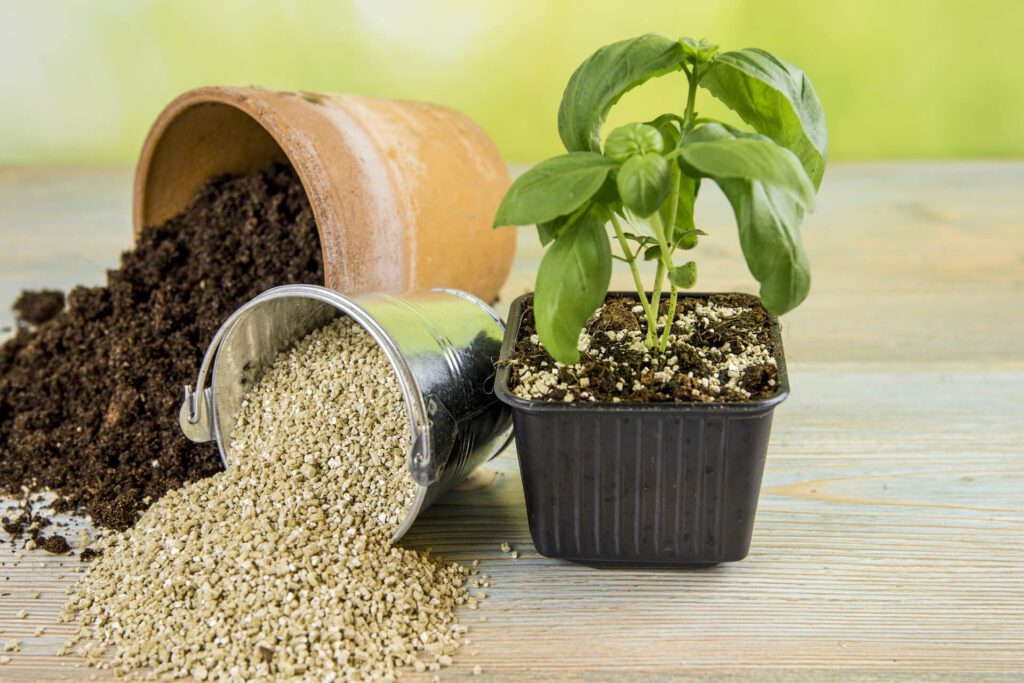

Expert opinions
Insights from gardening experts
Gardening experts offer valuable insights and recommendations on the use of vermiculite in gardening. Many experts consider vermiculite to be a beneficial soil amendment due to its ability to improve soil structure and water-holding capacity. They often recommend its use in seed starting, container gardening, and improving soil conditions for specific plants. However, experts also stress the importance of considering potential risks associated with vermiculite insulation that may contain asbestos.
Advice from health professionals
Health professionals emphasize the significance of minimizing exposure to asbestos and potential contaminants in vermiculite insulation. They recommend following established guidelines for safe handling, disposal, and use of vermiculite products. If there are concerns about potential asbestos exposure, it is advisable to consult with a healthcare professional who specializes in occupational or environmental health.
Perspectives from researchers
Researchers continue to study the properties, safety, and applications of vermiculite. Their ongoing research contributes to a deeper understanding of vermiculite in various contexts, including soil improvement and insulation. By investigating the potential risks and benefits associated with vermiculite, researchers strive to provide accurate and up-to-date information for informed decision-making regarding its use.
Conclusion
Summary of key points
Vermiculite is a naturally occurring mineral that is widely used in gardening and as an insulation material. It has properties such as excellent moisture retention, lightweight nature, and cation exchange capacity, making it beneficial for soil improvement and thermal insulation. However, concerns have been raised about the potential asbestos contamination in vermiculite insulation, which can pose serious health risks. It is essential to follow proper safety precautions when handling vermiculite and to seek professional assistance if dealing with potentially contaminated materials.
Final thoughts on vermiculite for soil
While vermiculite can be a valuable soil amendment, it is crucial to be aware of the potential risks associated with asbestos contamination. Careful consideration should be given to the source and quality of vermiculite used in gardening. By adhering to recommended guidelines and safety measures, gardeners can enjoy the many benefits of vermiculite while minimizing any potential health hazards. It is always advisable to stay informed about current research and expert opinions regarding the safe use of vermiculite in soil.



